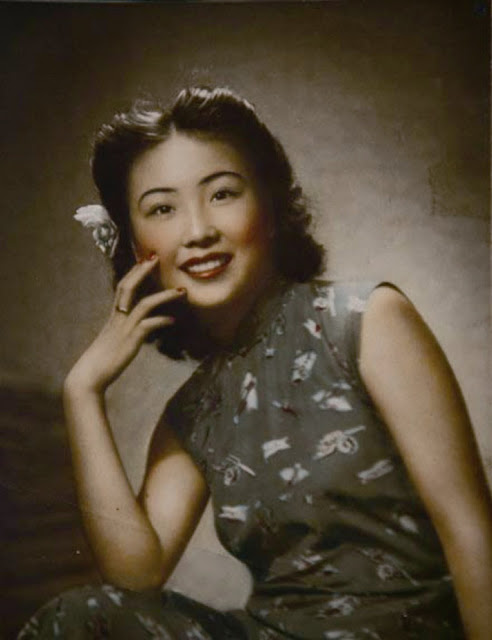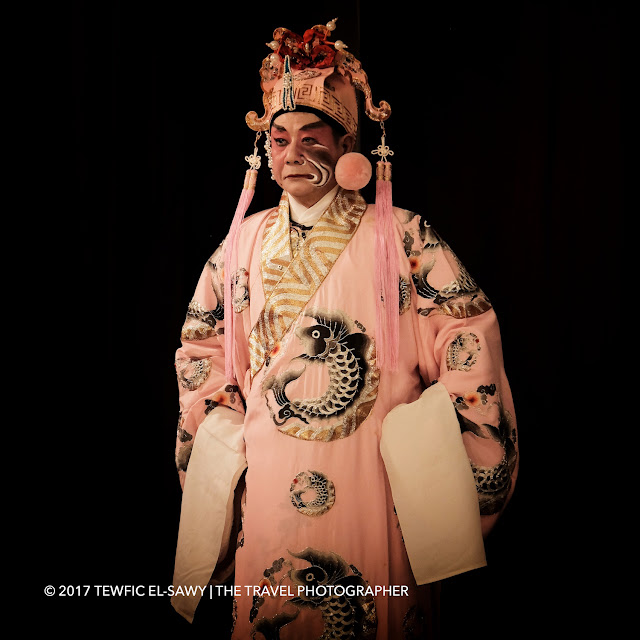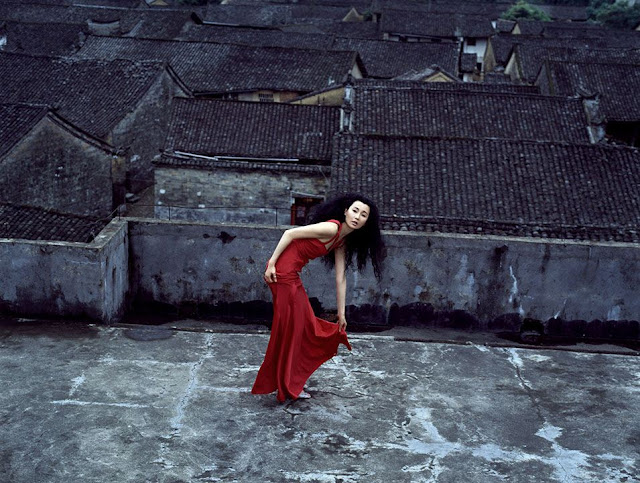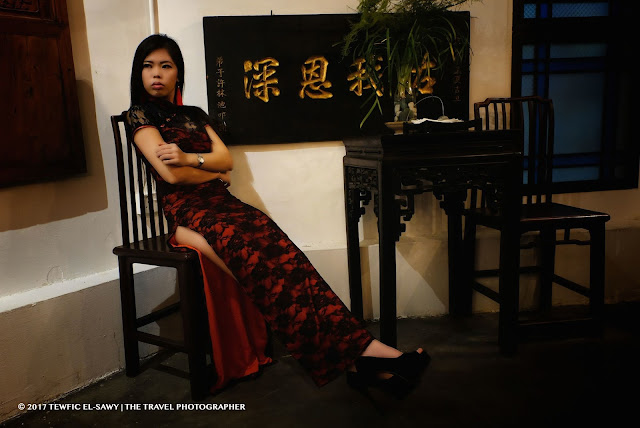Ofir Barak | Mea Sharim

Photo � Ofir Barak - All Rights Reserved You'd be forgiven if you thought that the above photograph was taken in Saudi Arabia or Iran, but it's not. It's a street scene in the Mea Shearim settlement outside the walls of the Old City of Jerusalem in Israel, and part of the photographic project of the same name by Ofir Barak . We are told that the settlement was established in 1874 and its name is derived from a verse in Genesis 26:12. To this day, it remains an insular neighborhood in the heart of Jerusalem with an overwhelmingly Hasidic population, and its the streets reminiscent of an Eastern European shtetl. Life revolves around strict adherence to Jewish law, prayer, and the study of Jewish religious texts. It is populated mainly by Haredi Jews and was built by the Old Yishuv (the Jewish communities of the southern Syrian provinces during the Ottoman period). Interestingly, the numerical value of the words Meah Shearim equals 666, which allegedly has esoteric and kabba




